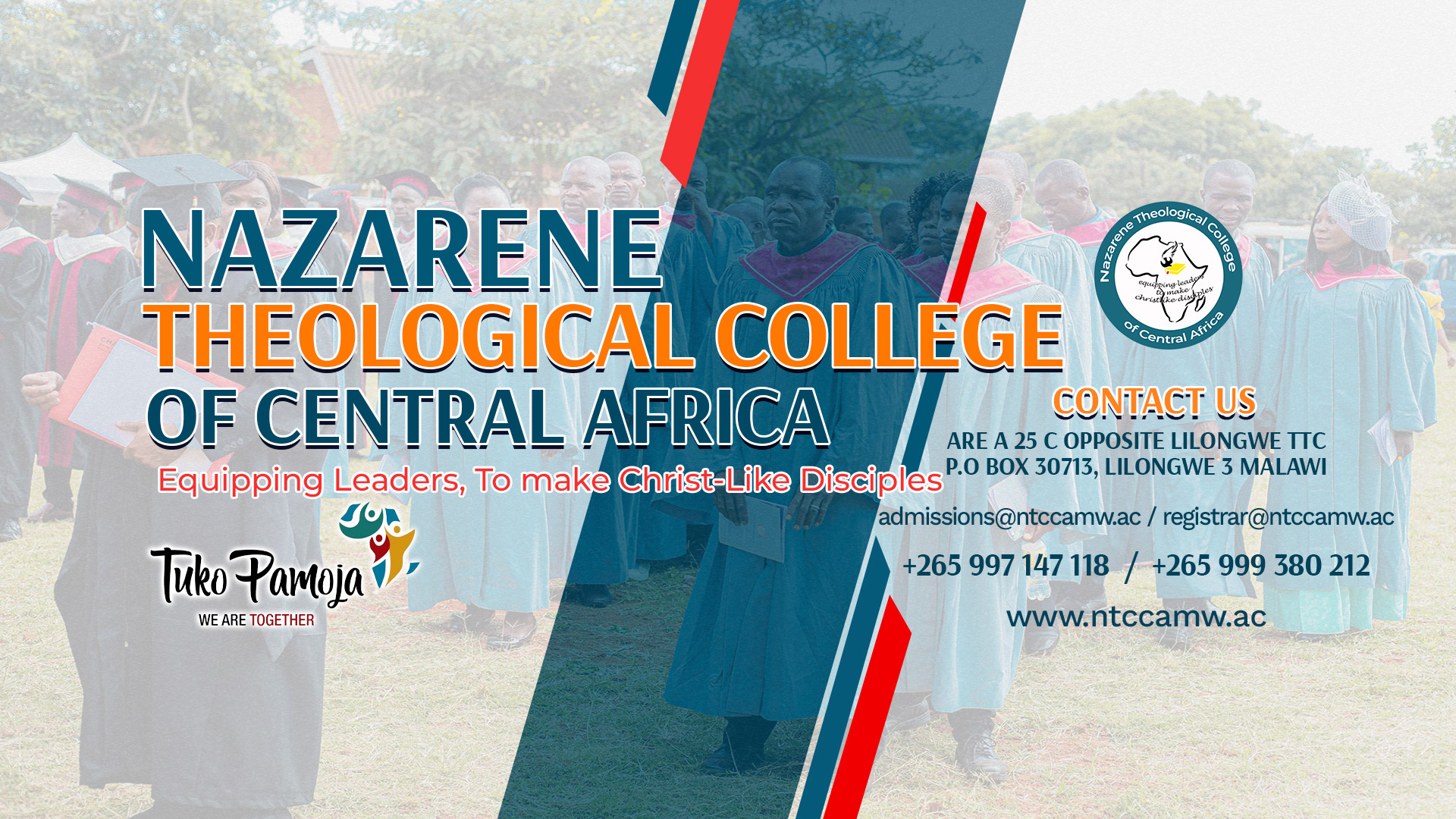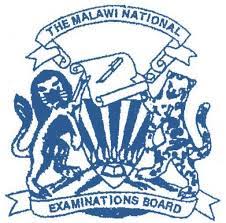Lilongwe (UK: /l??l??we?/, US: /-wi, l??l???we?/, Chichewa: [?i??o???e]) is the capital and largest city of Malawi.[3] It has a population of 989,318 as of the 2018 Census, up from a population of 674,448 in 2008.[4] In 2020 that figure was 1,122,000.[5] The city is located in the central region of Malawi, in the district of the same name, near the borders with Mozambique and Zambia, and it is an important economic and transportation hub for central Malawi.[6] It is named after the Lilongwe River. History[edit] Lilongwe was first set up as a boma by the local leader Njewa in 1902,[7] and later became an administrative centre in 1904.[8] In the 1920s, its location at the junction of several major roadways increased its importance as an agricultural market centre for the fertile Central Region Plateau.[9] As a trading post, Lilongwe was officially recognized as a town in 1947.[10] After gaining independence, it increasingly developed into an important trading centre in Malawi's central region. In 1965, Malawi's first president, Hastings Kamuzu Banda, selected it as an economic growth point for northern and central Malawi.[4] Lilongwe became the capital of Malawi in 1975, replacing the previous capital, Zomba.[9][11] The last government offices were relocated to Lilongwe in 2005.[12] Development projects of the 1970s and 1980s included the construction of Lilongwe International Airport, which serves the city; rail connections to Salima to the east and the Zambian border to the west; industrial areas in the northern part of the city; and an agricultural program for the fertile tobacco lands of the Central Region Plateau.[4] Lilongwe's population continues to experience rapid growth. The city's population is increasing rapidly, with an annual growth rate of 4.3%.[6] Planning history[edit] The first plan for Lilongwe was published in 1955, before the decision was made in 1965 to move the capital from Zomba to Lilongwe. The aims of the move were to improve Government efficiency by concentrating Central Government administration in one city and to stimulate development in the Central and Northern Regions by establishing a major growth point in the centre of the country. Consultants were appointed to prepare the Lilongwe Master Plan, which was completed in 1968. Many of the principles set out in the Master Plan were adopted in subsequent plans. The first of these was the Lilongwe Outline Zoning Plan 1969. It was prepared in order to elaborate the broad recommendations of the Master Plan and amend those aspects which the Government thought were inappropriate. The Lilongwe Outline Zoning plan guided the early development of the capital city. A liner, multi-centred urban form was adopted in order to avoid the congestion problems that can arise with a single centre. The aim was to cluster residential, employment, and service areas around each centre, so as to reduce the need to travel long distances. There were four such centres, and each one was the focus of a sector of the city. (a) Old Town Primary Commercial Centre, comprising the twin established centres in Area 2 (Bwalonjobvu) and Area 3 (Kang'ombe) (b) City Centre, serving the Capital Hill sector (c) Kanengo Primary Commercial Centre in Area 25/2 (Bvunguti) (d) Lumbadzi Primary Commercial Centre, based on the established trading centre in Area 53/2 (Kalimbakatha). The aim was to achieve balanced development of housing, industry and commerce, among other features. Another key feature of the city was its parkland setting. From the beginning there was a concern to create a high-quality environment with spacious living standards, as befits a capital city.
Equipping Leaders, To Make Christ Like Disciples












